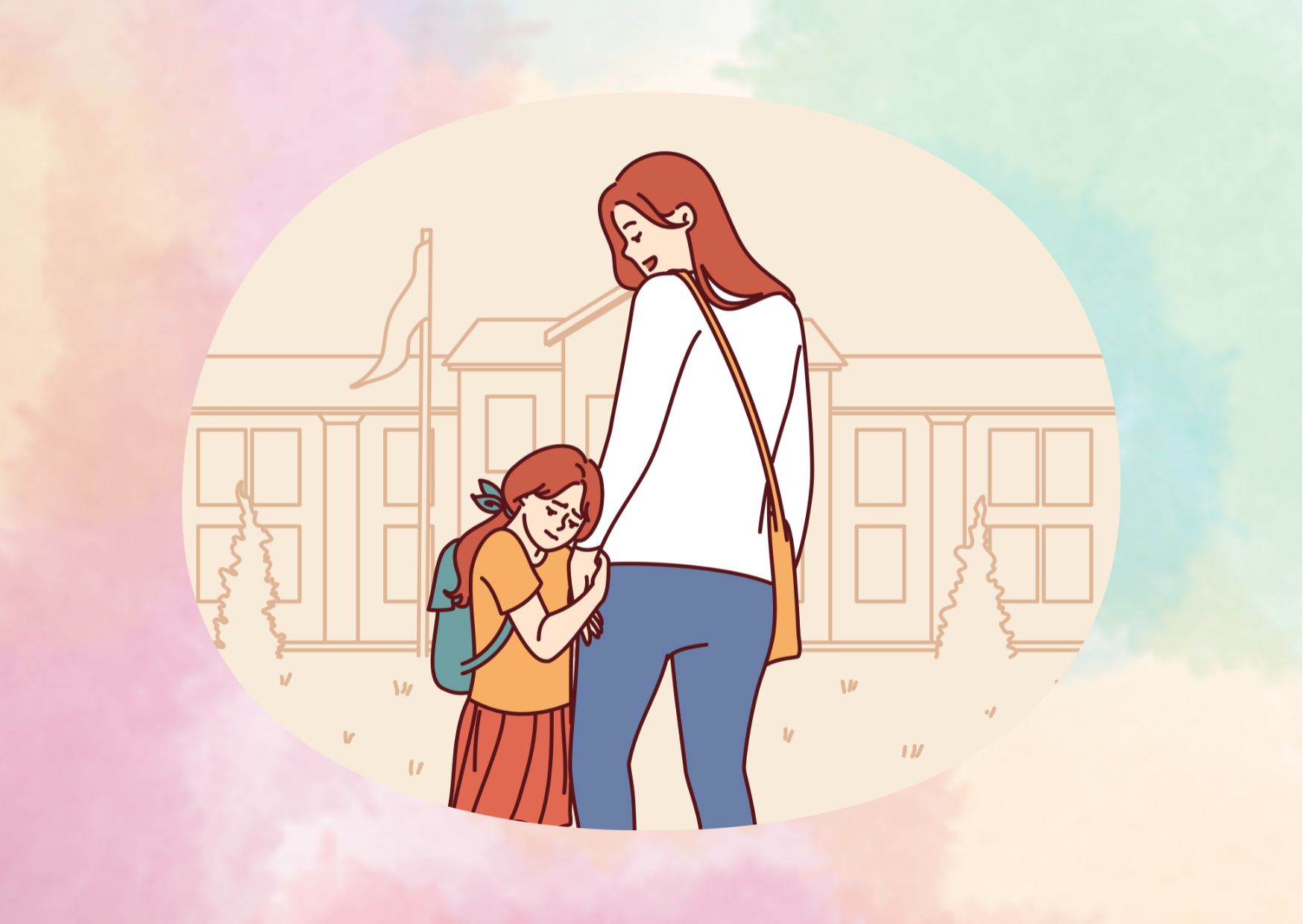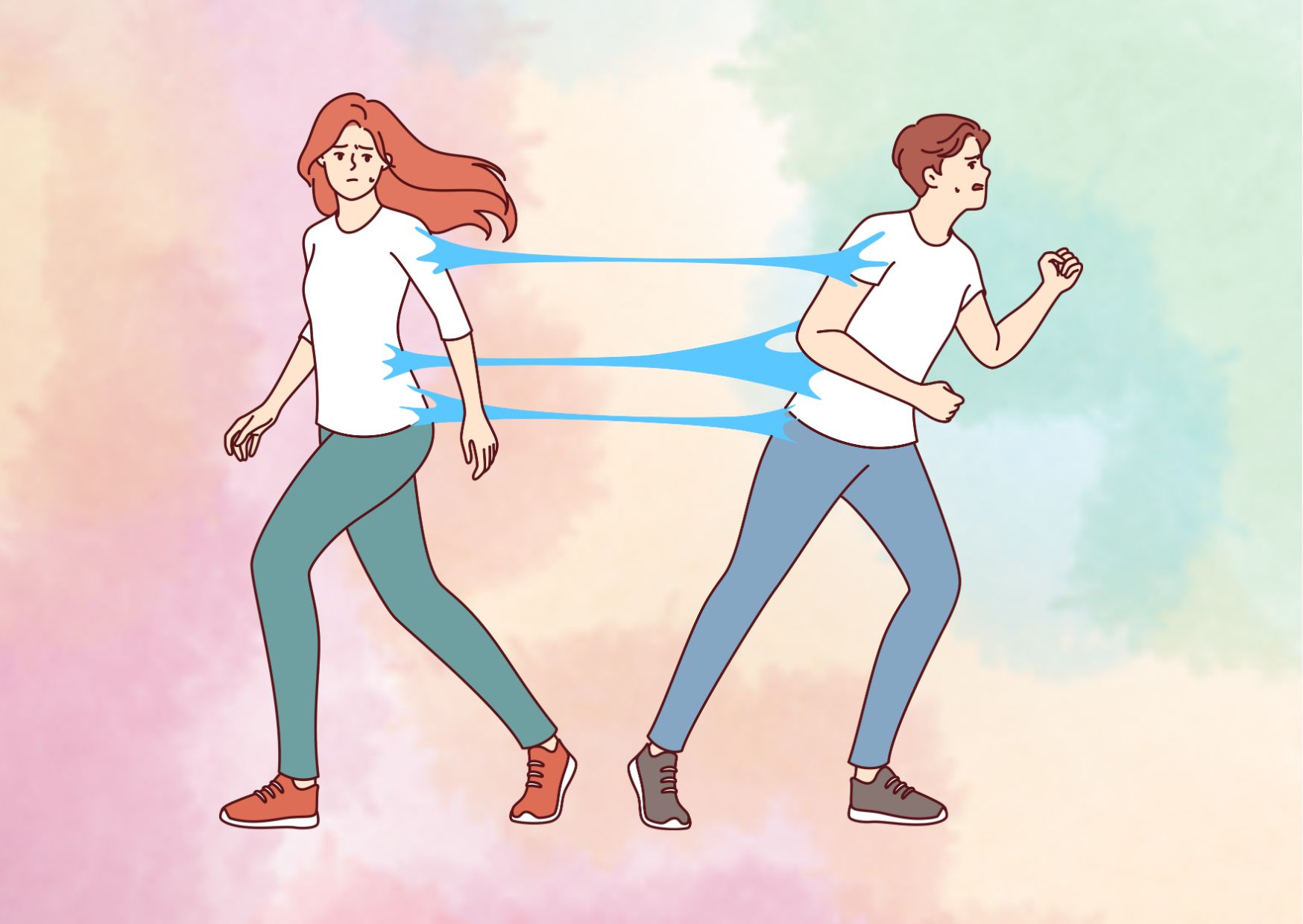It’s important to note that SAD has a prevalence of 3.9% in childhood (6-12 years) and 2.6% in adolescence (13-18 years). Given that SAD is a strong risk factor for developing psychopathology in young adulthood, early diagnosis and treatment are crucial for preventing the onset of disorders such as panic and depression later in life.
Treatment Options for Separation Anxiety
Effective treatment for separation anxiety disorder involves a multifaceted approach tailored to the individual’s needs. The primary goal is to help individuals manage their anxiety and improve their ability to cope with separations. Several evidence-based options are available, each with its own merits and potential applications.
Cognitive Behavioral Therapy
Cognitive Behavioral Therapy (CBT) is the first-line treatment for separation anxiety disorder. This form of psychotherapy helps individuals understand how their thoughts affect their actions and emotions. CBT for separation anxiety typically involves several components:
- Anxiety education: Helping individuals recognize anxious feelings and bodily reactions to anxiety.
- Cognitive restructuring: Identifying and modifying anxiety-provoking thoughts and developing coping skills.
- Exposure therapy: Gradually facing fears in a controlled environment to reduce anxiety over time.
- Behavioral training: Utilizing strategies such as modeling and role-playing to practice new behaviors.
CBT can be adapted to include family members, particularly for younger children. This approach involves modifying parents’ beliefs about helping their anxious child and assisting them in managing their own anxiety.
Medication
When talk therapy alone doesn’t provide sufficient relief, medication may be considered as part of the treatment plan. Selective Serotonin Reuptake Inhibitors (SSRIs) are commonly prescribed for separation anxiety disorder in children aged 6 and older. Some specific medications include:
- Fluoxetine (Prozac®)
- Sertraline (Zoloft®)
- Paroxetine (Paxil®, Pexeva®)
For adults with separation anxiety disorder, healthcare providers may prescribe antidepressants like SSRIs or anti-anxiety medications such as benzodiazepines. It’s crucial to note that medication should always be used under the guidance of a healthcare professional who can explain the most suitable type and duration of treatment.
Combination Therapy
Research has shown that combining CBT with medication can be particularly effective in treating separation anxiety disorder. A study comparing different treatment approaches found that combination therapy resulted in the highest percentage of improvement (80.7%) compared to CBT alone (59.7%) or medication alone (54.9%).
The combination approach typically involves:
- Regular CBT sessions focusing on anxiety management skills and exposure therapy
- Medication management, often starting with a low dose and gradually increasing as needed
- Coordinated care between the therapist and prescribing physician to monitor progress and adjust treatment as necessary
Parent Education
Educating parents plays a crucial role in managing separation anxiety, especially in young children. Key aspects of parent education include:
- Understanding separation anxiety and its impact on child development
- Learning to provide consistent routines and predictable separations
- Implementing strategies to reduce unhelpful reassurance and promote independence
- Practicing effective communication techniques to support the child during anxious moments
- Encouraging gradual exposure to separations and building the child’s confidence
By equipping parents with these tools, they can better support their child’s progress and reinforce the strategies learned in therapy.
In conclusion, a comprehensive approach to treating separation anxiety disorder often involves a combination of these methods, tailored to the individual’s age, severity of symptoms, and specific needs. Regular evaluation and adjustment of the treatment plan ensure the best possible outcomes for those struggling with separation anxiety.
Conclusion
Separation anxiety disorder can have a significant impact on individuals of all ages, affecting their daily lives and relationships. Understanding its symptoms, diagnosis, and treatment options is crucial to provide effective support and help those struggling with this condition. By recognizing the signs early and seeking appropriate help, individuals can learn to manage their anxiety and improve their overall quality of life.
Addressing separation anxiety requires a multi-faceted approach, including cognitive behavioral therapy, medication when necessary, and parent education. These strategies, when tailored to the individual’s needs, can lead to significant improvements in managing anxiety and coping with separations. At Inquire Talk, we understand the significance of mental health and well-being in relationships, and seeking professional help through online therapy and psychotherapy can provide valuable support to manage stress and promote emotional well-being. With the right support and treatment, individuals with separation anxiety can develop the skills and confidence to navigate separations and lead fulfilling lives.
FAQs
Q: How can separation anxiety be addressed?
A: To manage separation anxiety, establish quick goodbye rituals, maintain consistency, give your child full attention during separations, fulfill promises, explain the situation in a way your child understands, and practice spending time apart.
Q: What is the most effective treatment for separation anxiety disorder?
A: Cognitive Behavioral Therapy (CBT) is the primary treatment for separation anxiety disorder. It helps children and their parents modify negative thoughts and behaviors to address the anxiety.
Q: How can I help my child deal with separation anxiety?
A: To support your child with separation anxiety, discuss plans for future activities together, gradually increase the duration of time spent apart, leave a comforting item like a soft toy or blanket, reassure your child during fearful moments, and introduce new caregivers slowly. Always ensure that goodbyes are brief yet positive.
Q: At what age is separation anxiety most prevalent?
A: Separation anxiety typically begins around 9 months, peaks at about 15 months, and generally diminishes before the child turns three. The severity and length of separation anxiety can vary depending on both the child’s and the parent’s temperament and responses.
Here are few certified therapists who you can get in touch and book a therapy session with:
Nicola Demetriou
Roxanne Bigwood
Natalie Mills

